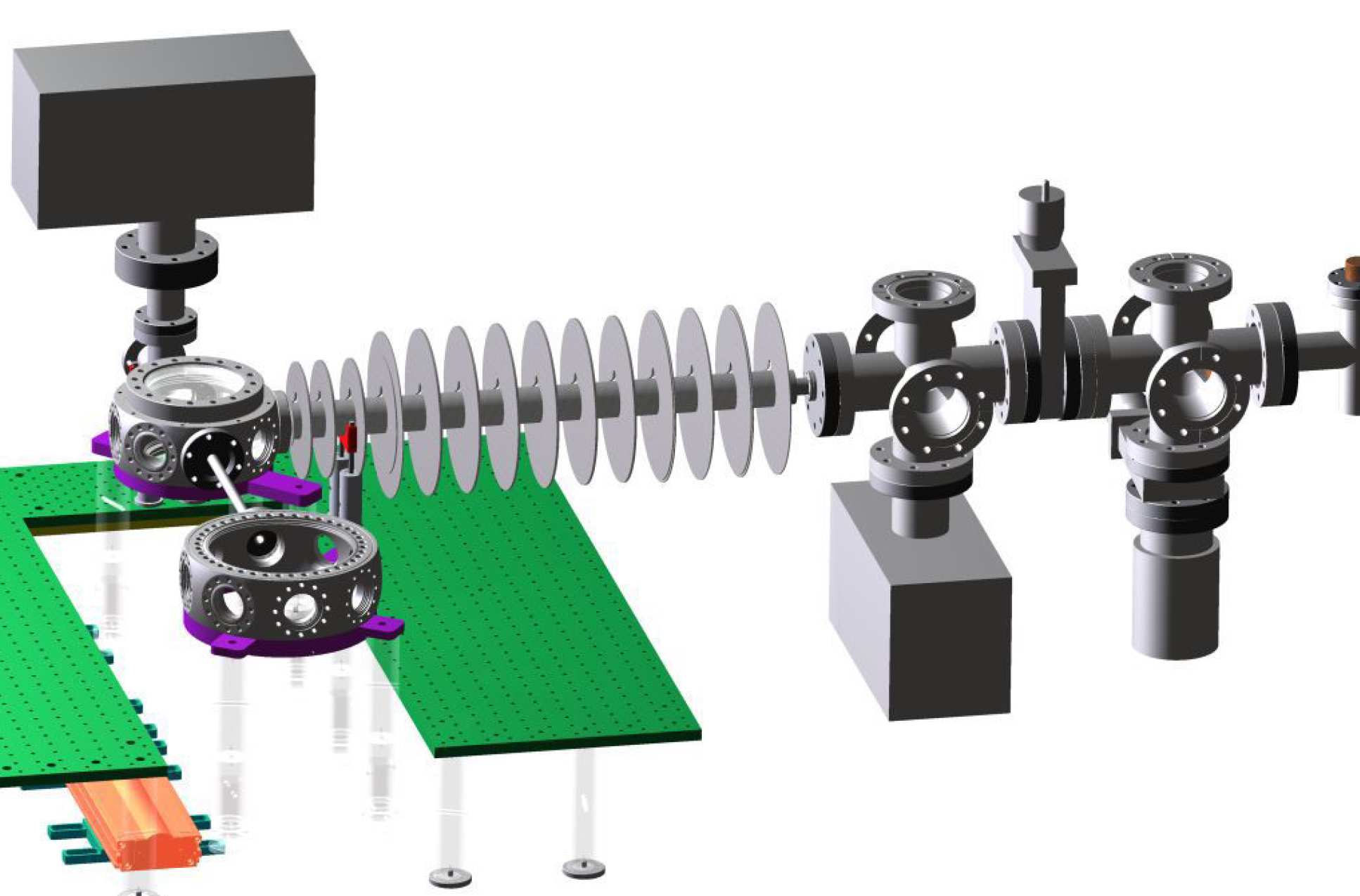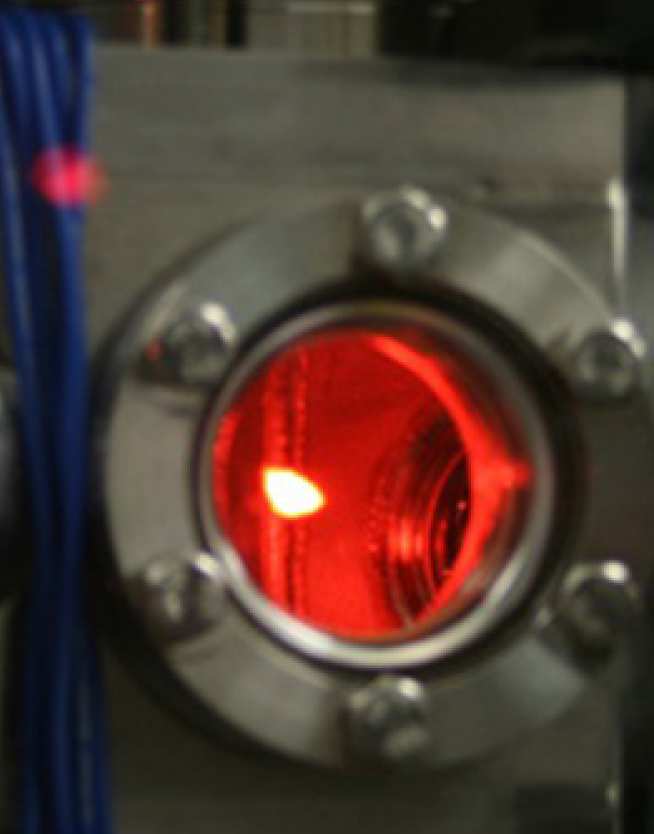
In this project, we aim to overlap trapped molecules with trapped ultracold atoms. Collisions between the molecules and the atoms will cool the molecules down to low temperature.
Trapping and Sympathetic Cooling
 Polar molecules can be trapped using static electric fields, and magnetic molecules can be trapped with static magnetic fields. However, these static traps can only hold molecules that are attracted to regions where the field is a minimum. Unfortunately, all ground-state molecules do the opposite - they are attracted to regions of strong electric or magnetic field. Trapping in the ground state is important for sympathetic cooling becuase otherwise collisions with the ultracold atoms can change the state of the molecule, heating them up and ejecting them from the trap.
Polar molecules can be trapped using static electric fields, and magnetic molecules can be trapped with static magnetic fields. However, these static traps can only hold molecules that are attracted to regions where the field is a minimum. Unfortunately, all ground-state molecules do the opposite - they are attracted to regions of strong electric or magnetic field. Trapping in the ground state is important for sympathetic cooling becuase otherwise collisions with the ultracold atoms can change the state of the molecule, heating them up and ejecting them from the trap.
Ground state molecules can be trapped by electromagnetic fields. We are developing a microwave trap where the molecules will be confined to the high intensity region of the microwave field inside a resonator. The resonator is built from two spherical copper mirrors, as shown in this photo. A high power microwave field is fed into the cavity from a waveguide.

We plan to use ultra-cold Lithium as a refrigerant for the molecules. We decelerate a fast atomic beam of 7Li to ~50m/s in a Zeeman slower using traditional laser cooling techniques and trap the atoms in a standard magneto-optical trap (MOT). We can trap as many as 1010 atoms in the MOT at temperatures of a few milliKelvin. We have constructed a moving magnetic trap for transporting the atoms from the cooling region to the experimental region where they can be overlapped with cold, trapped molecules.
Prospects for sympathetic cooling of molecules in electrostatic, ac and microwave traps, S. K. Tokunaga, W. Skomorowski, P. S. .Zuchowski, R. Moszynski, J. M. Hutson, E. A. Hinds and M. R. Tarbutt, Eur. Phys. J. D 65, 141 (2011)